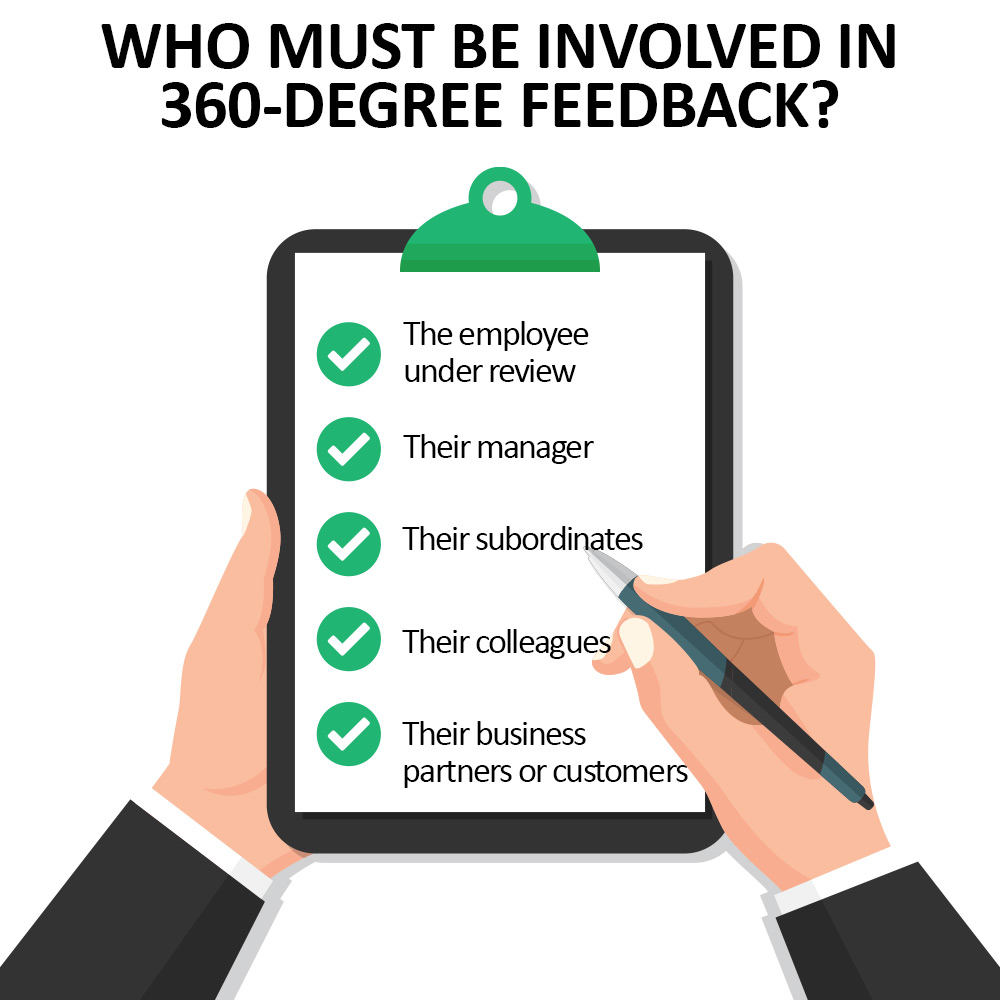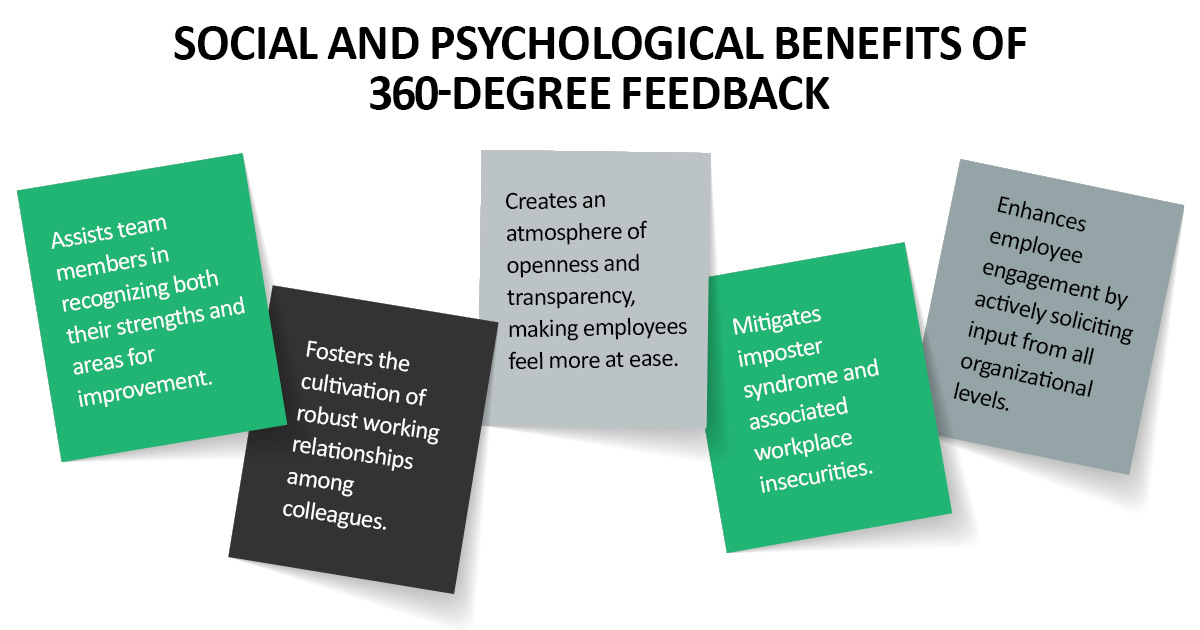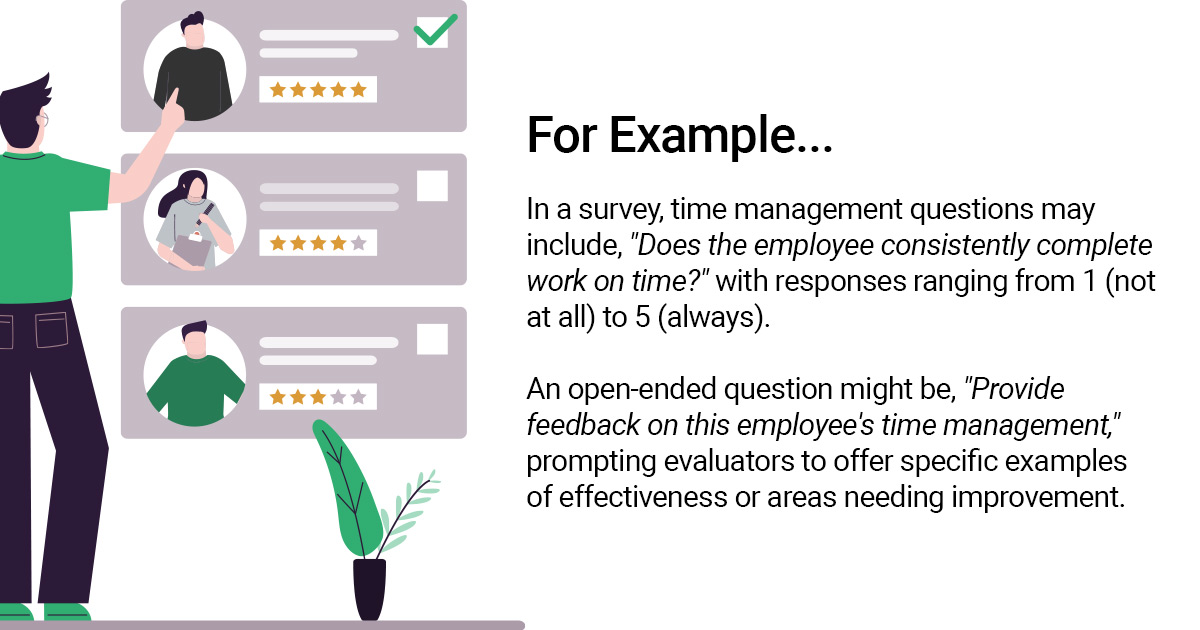
Quick Summary: Leadership today isn’t just about what you deliver. It’s about how others experience working with you. That’s why 360-degree feedback matters more than ever. When done right, it helps leaders see what their teams already know but rarely say, bridging perception gaps, strengthening trust, and turning feedback into foresight. But its true value lies not in collecting opinions, but in the courage to act on them, transforming scattered observations into collective growth and better leadership decisions across the organization.
Why 360-Degree Feedback Is the Missing Link in Project Reviews
Annual project reviews are standard, but they rarely capture the whole picture. Slow processes, biased retrospectives, and vague notes erode team trust and obscure the real drivers of project success or failure. In today's competitive landscape, delivering projects on time and within budget requires more than a post-mortem. 360-degree feedback fixes project blind spots. This multi-rater approach has emerged as a gold standard for evaluating project performance, providing a holistic view that traditional methods cannot match. It gathers confidential input from everyone involved, including team members, managers, sponsors, and stakeholders, to reveal the true dynamics affecting your project's health. Strengths are validated, collaboration gaps are identified early, and team growth becomes data-driven, rather than a guessing game.
Project success is dependent on a team that communicates effectively, adapts quickly, and takes ownership of outcomes. A strategic project leader utilizes 360-degree insights to refine team dynamics, enhance stakeholder communication, and course-correct before issues escalate. The result is a more resilient, accountable, and high-performing project team.
The future of this process is predictive. With artificial intelligence-powered predictive intelligence solutions, organizations can move beyond static feedback reports. They can integrate stakeholder insights with live project data, transforming qualitative feedback into a quantitative early warning system. This allows you to anticipate risks, optimize resources, and drive corrective action well before issues can derail a project.
This guide cuts through the noise. You’ll see the tangible advantages for project delivery, the common challenges, and a practical framework to implement a system where feedback fuels project progress and every team member's contribution is seen.
What is 360-Degree Feedback?
 360-degree feedback is a structured evaluation method that collects confidential input on project performance from multiple sources involved in the project ecosystem. Unlike traditional top-down reviews, it gathers perspectives from project team members, managers, sponsors, and key stakeholders to create a comprehensive view of how individuals and teams contribute to project outcomes.
360-degree feedback is a structured evaluation method that collects confidential input on project performance from multiple sources involved in the project ecosystem. Unlike traditional top-down reviews, it gathers perspectives from project team members, managers, sponsors, and key stakeholders to create a comprehensive view of how individuals and teams contribute to project outcomes.
In traditional project management, feedback typically flows one way, from manager to team member, and is often limited to post-project reviews. This approach misses critical insights from those who witness day-to-day execution and collaboration.
Why it matters now: modern organizations are matrixed, cross-functional, and project-driven. One manager’s view rarely captures the complete picture of collaboration, influence, and stakeholder impact. A multi-rater approach closes that gap by triangulating observable behavior across situations.
Understanding why 360-degree feedback matters is only the beginning—what makes it truly valuable are the tangible advantages it delivers when embedded into your organization’s performance culture.
What Are the Advantages of 360-Degree Feedback for Your Organization?
Adopting a 360-degree feedback system is a strategic decision that signals a commitment to transparency and growth. Its relevance is dependent on your organization's readiness for open, constructive dialogue about performance.

This method is compelling in project-driven environments. It provides project managers and team members with nuanced insights into collaboration, communication, and leadership effectiveness, factors directly tied to project outcomes. A study by the Project Management Institute (PMI) found that projects with high stakeholder engagement and effective communication are significantly more likely to meet their goals and be completed within budget. The benefits of 360-degree feedback include:
- Mitigates single-rater bias. Diverse perspectives reduce the halo/horns effect and reveal blind spots leaders often miss. Deloitte’s research on workplace bias links perceived bias to lower productivity, confidence, and well-being, underscoring the value of broader inputs and fairer processes.
- Raises self-awareness and accountability. Participants see how others experience their leadership, which accelerates behavior change when paired with coaching.
- Improves communication and collaboration. Teams share a common vocabulary of competencies and expectations, which strengthens cross-functional work.
- Aligns development with strategy. When questions align with strategic competencies (e.g., stakeholder management, execution discipline), the output informs targeted learning plans.
Reality check: The real test isn’t in adopting 360-degree feedback, but in executing it well because when done poorly, its benefits can quickly unravel. Poorly executed 360s create stress, noise, or politics. Confidentiality lapses, random rater selection, or generic questions degrade trust and utility. Design and facilitation quality make the difference.
Ready to turn feedback into a real driver of performance? Discover how TrueProject empowers you to move from insights to action with confidence. Learn more here.

What Are the Challenges of 360-Degree Feedback?
Despite the numerous advantages of 360-degree feedback, it is essential not to overlook some significant drawbacks. A poorly executed 360-degree program can do more harm than good. Leaders must be aware of these potential drawbacks:
- Risk of Inaccurate or Biased Feedback: Anonymity can sometimes embolden individuals to provide feedback based on personal grievances rather than professional observations.
- Potential for Employee Anxiety: The process of giving and receiving candid feedback can be stressful without a supportive culture and proper training on its constructive purpose.
- Skewed Results from Insufficient Raters: If too few people provide feedback, or if raters are not carefully selected based on their working relationship with the individual, the results can be unrepresentative.
- Becoming a Bureaucratic Exercise: Without clear purpose and follow-through, the process can devolve into a time-consuming paperwork exercise that fails to drive real change.
Mitigating these challenges often involves engaging a neutral third-party platform for administration and ensuring the program is deeply integrated into your talent development strategy, rather than being treated as a standalone event. The risks are real, but they don’t diminish the value of 360-degree feedback; they underscore the need for a disciplined, strategic approach to implementation.
How to Implement 360-Degree Feedback in 4 Strategic Steps
A well-executed 360-degree feedback program doesn’t just happen. It requires clear intent, disciplined design, and consistent follow-through. For project-driven organizations, 360-degree feedback is a vital source of project intelligence. Customizing this process to your project portfolio is crucial for identifying hidden risks and enhancing project performance. By leveraging the predictive project management solution, you can transform subjective feedback into objective, actionable data. Follow this framework:
1. Thorough Planning with a Project-First Mindset
Before launching, align leadership and sponsors on the core goal of improving project outcomes, not just individual performance. Form a committee of PMO leaders and senior managers to define how feedback will improve forecasting, resource allocation, and stakeholder satisfaction. The purpose is to create a continuous loop that integrates complex data with qualitative insights, providing a comprehensive 360-degree view of project health.
2. Strategic Program Design Around Project Competencies
Go beyond generic competencies. Build surveys around project-critical indicators:
- Communication: Are project updates and risks communicated effectively?
- Stakeholder Management: Are expectations clearly aligned and managed?
- Risk Mitigation: Is the team proactively identifying and resolving hurdles?
- Collaboration & Leadership: Does organizational leadership inspire accountability and teamwork?
Predictive project management tools analyze these competencies, correlating feedback with KPIs like schedule variance and budget adherence — turning sentiment into measurable project health scores.

3. Phased Implementation with Robust Support by Predictive Insights
Start with a pilot project. Brief participants, team members, stakeholders, and sponsors on how their confidential input drives success. The differentiator lies in the follow-up: use the 360-degree report, combined with predictive analytics, to build a Project Development Plan (PDP). This identifies areas for improvement and models how behavioral changes can reduce risks, optimize resources, and increase success rates.
4. Continuous Monitoring and Evaluation
Treat 360-degree feedback as a live health monitor. Conduct periodic pulse surveys at key milestones. Predictive analytics track whether insights from reviews translate into better project metrics. This creates a closed-loop system, feedback fuels action, action improves outcomes, and progress validates the process, fostering a culture of continuous project excellence.
Projects are dynamic, high-stakes environments where leadership failures often become apparent too late, resulting in missed deadlines, stakeholder conflict, or scope creep. Implementing 360-degree feedback with discipline sets the foundation, but the real breakthrough comes when the same 360-degree perspective is applied to every facet of your projects.
Don’t let blind spots derail your next significant initiative. See how predictive insights transform 360-degree feedback into guaranteed project gains. Schedule your demo now.

Achieving a 360-Degree View of Your Projects with Predictive Intelligence
Just as 360-degree feedback provides a holistic view of employee performance, a 360-degree project view is critical for project success. This involves examining projects from every angle, including technical, financial, strategic, and operational aspects.
This is where the predictive intelligence solution becomes a game-changer. The solution enhances the traditional 360-view by analyzing complex project data alongside stakeholder feedback, creating a unified system for informed decision-making. Here’s how the predictive project management solution applies a 360-degree lens to project management:
- Proactive Risk Identification and Mitigation: The modern solution analyzes historical project data and current performance indicators to forecast potential risks before they escalate, allowing for preemptive action.
- Data-Driven Resource Optimization: By forecasting resource needs based on past project trends, it ensures your team is adequately prepared and allocated to meet project demands efficiently.
- Accurate Timeline and Forecast Analysis: The solution provides more reliable timeline estimates by contextualizing your project data, helping set realistic stakeholder expectations.
- Enhanced Stakeholder Management: It helps you understand and anticipate stakeholder behaviors and concerns, enabling tailored communication strategies that keep everyone aligned.
- Continuous, Real-Time Monitoring: With real-time dashboards and alerts, the predictive solution ensures you catch deviations from the plan early, keeping the project on course for success.

Conclusion
Embracing the 360-degree feedback method can be a transformative journey for organizations seeking to elevate employee performance and foster a culture of continuous improvement. The advantages of combating bias, encouraging transparency, promoting accountability, enhancing productivity, and engaging stakeholders underscore its potential impact. However, a balanced acknowledgment of its challenges, such as the potential for inaccuracies and the need for careful implementation, is crucial. As a leader, you can fully leverage the potential of this feedback strategy by tailoring the 360-degree feedback process to align with your project and organizational needs through thorough planning, thoughtful program design, practical implementation, and ongoing monitoring.
Furthermore, extending the concept of a 360-degree view to project management, supported by predictive intelligence, underscores the importance of a comprehensive approach for successful project execution. If you are looking for one such solution that offers a holistic overview of your project, then look no further. TrueProject, a KPI-based predictive project management SaaS solution for project health and performance, helps you identify early signs of problems. It achieves this by analyzing both the complex data derived from your project and the specific feedback from your stakeholders regarding the project. With a unified system tapping into multiple sources, TrueProject enhances your ability to make informed decisions. It takes the data you've diligently tracked to run your projects and adds a layer of context, providing earlier predictions for potential risks.
In both employee development and project management, a holistic perspective facilitates enhanced communication, collaboration, and informed decision-making, ultimately contributing to organizational success in today's dynamic workplaces.
How well do you really know the state of your projects? One snapshot can reveal the truth—clear, unbiased, and predictive. Get your Snapshot.
FAQs of 360-Degree Feedback
Is 360-degree feedback suitable for performance ratings?
It’s best for development. Tie compensation to multi-source business results and role expectations; use 360s to guide growth.
Can 360-degree feedback predict project risks?
Yes. Feedback on issues such as poor communication or low team morale serves as an early warning sign. 360-degree feedback correlates hard project data to forecast risks earlier than traditional methods.
Should customer feedback be included in 360-degree feedback?
Yes—when the role is customer-facing and the relationship is material. Treat it as a separate rater group to protect anonymity.
How does predictive analytics software like TrueProject integrate with 360-degree feedback?
TrueProject complements 360-degree feedback by applying a similar holistic and analytical approach to project management. It analyzes project performance data (the "what"). It can incorporate stakeholder sentiment (the "why") to predict risks, optimize resources, and provide a comprehensive 360-degree view of project health, turning feedback into foresight.
Should project team feedback be anonymous?
Yes, to ensure candor among peers and team members. Manager and sponsor feedback is typically attributed as part of their formal review role.
How do we reduce bias in comments?
Educate raters on specific, behavior-based examples and moderate abusive text. Reinforce inclusion practices organization-wide.






